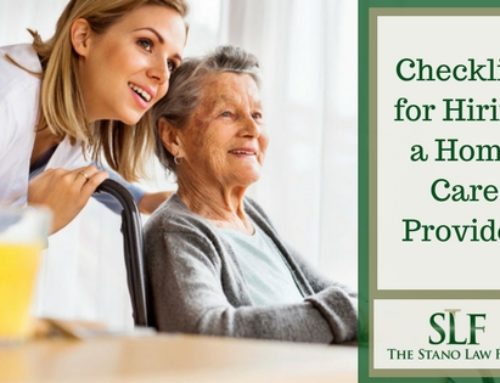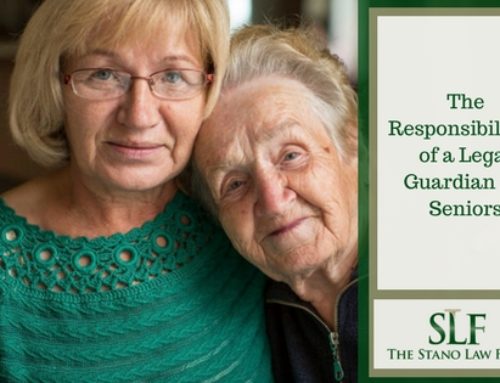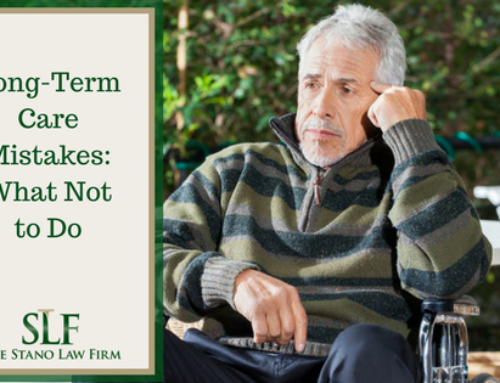Keeping seniors safe in their own homes includes making sure both interior and exterior spaces are senior friendly, accessible for those that are disabled and up to code. Modifications can be made to most homes to allow for wheelchairs and walkers. Throw rugs within the home are not recommended as they are tripping hazards, and can lead to slips and falls. Contacting an occupational therapist to assist with determining what exact modifications will most benefit your loved one is a great option if you are unsure of where to start. Examples of safety modifications are listed below.
Interior modifications:
- Grab bars in the bathrooms.
- Elevated toilet seats.
- Non-skid mats added to bathtubs. Walk-in/Roll-in showers.
- Lowered sink and vanity heights. Kitchen cabinets can also be lowered to be accessible.
- Widened doorways.
- Levered door handles.
- Lowered clothing racks and shelves in closets.
- Remote controlled deadbolt locks.
- Intercom systems.
- Night lights and brighter wattage bulbs throughout the home.
- Sliding shelves to allow more access.
- Stair rail lift or elevator.
Exterior modifications:
- Sturdy handrails wherever there are steps/uneven pavement.
- Wheelchair ramps if home is not on one level.
- Additional lighting to pathways.
There are homebuilders that specialize in senior living that are available for consultations. A list of contractors can be found at www.AgingInPlace.com. These specialists will be able to give ideas to help with functionality and allow seniors to live comfortably at home with much less risk for injury.






